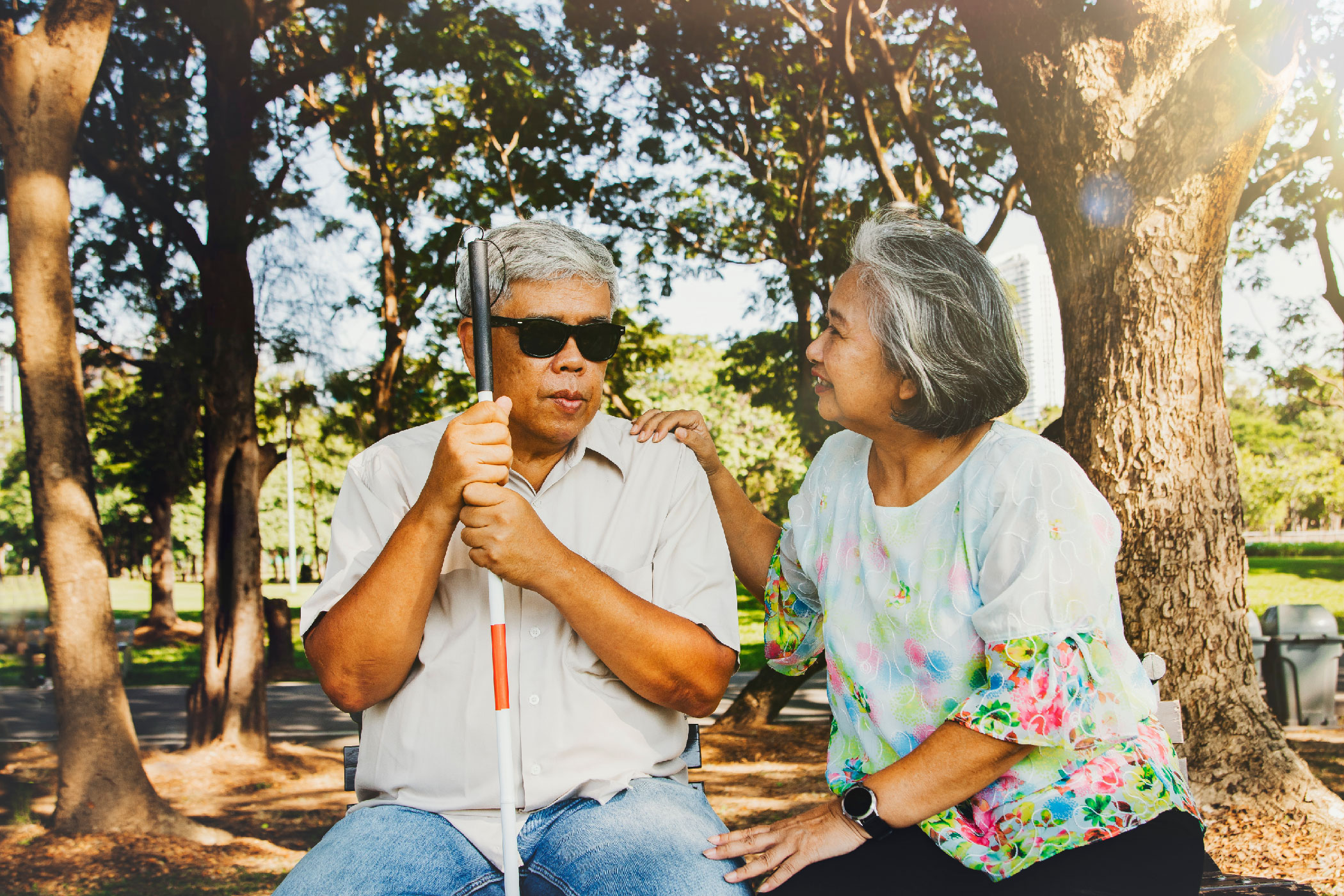The four overarching goals of the Americans with Disabilities Act (ADA) are equal opportunity, full participation, independent living, and economic self-sufficiency. Data from this diary study reveal that digital access barriers compromise the ability of blind and low vision individuals to achieve these goals. Participants explained how inaccessible websites, mobile apps, and kiosks limited their access to commerce, healthcare, government services, and education, among other areas. Although the participants often found ways to overcome or work around digital barriers, they did so at the cost of their time, their independence, and their privacy. Consistent with the findings from the first phase of the Barriers to Digital Inclusion Study, digital barriers were pervasive — experienced on a near daily or daily basis.

In digital environments, just as in physical ones, the same individual with a disability can struggle in the presence of barriers but thrive when barriers are removed. Business leaders, policymakers, and website and app developers have the power to transform the everyday experiences of people with disabilities by making digital environments fully accessible. The same father who struggled with digital inaccessibility at the trampoline park explained how different his experience was on a day when he enjoyed full digital inclusion. “Today, all of my Christmas shopping and digital encounters have been very positive,” he wrote. “I was left feeling satisfied, proud, independent, and like I’m on top of the world. Going through a day without needing any sighted help is a win for a blind person like me.”
Download the Complete BDIS 2 Study
If you have any questions, please get in touch with our Public Policy and Research Institute at research@afb.org.